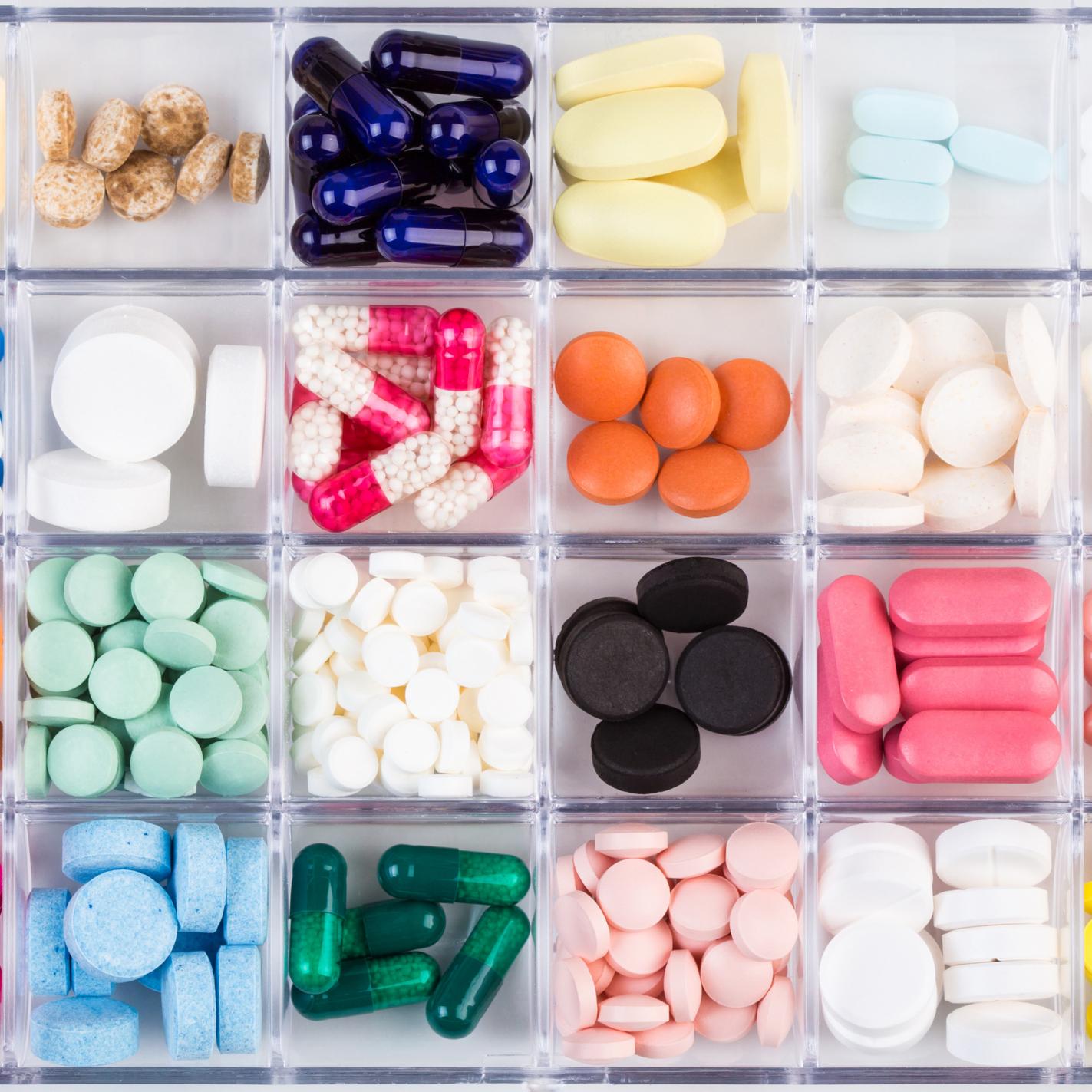
On December 29, 2016, the FDA issued guidance to assist applicants seeking FDA approval of a proposed biosimilar product under the Biologics Price Competition and Innovation Act of 2009 (BPCIA). To obtain such approval, an applicant must demonstrate that the proposed product is “biosimilar” to a reference biological product already approved by the FDA. The new biosimilar guidance provides information on how such a showing can be made.
Biosimilar By The Totality Of The Data And Information
Consistent with previous biosimilar guidance, the December 2016 guidance highlights the importance of a holistic evaluation of biosimilarity based on analytical data (e.g., structural and functional comparisons between the biological product and the reference product), animal studies, and clinical studies. According to the guidance, analytical data revealing differences between the proposed and reference products may not per se disqualify the proposed product from being approved as a biosimilar, but obtaining approval of such a product likely will require additional studies—e.g., animal or clinical studies—explaining or addressing those differences in a clinical context. On the other hand, the guidance indicates that if the proposed and reference products show a high level of analytic similarity (e.g., products with so-called “fingerprint-like analytical similarity”), approval may be obtained via a “more targeted and selective approach to conducting animal and/or clinical studies [to] resolve residual uncertainty and . . . support a demonstration of biosimilarity.”
Complementing the FDA’s emphasis on a holistic “totality of the data and information” approach, the guidance advocates adopting a step-wise approach to data collection. For example, the guidance proposes that analytical studies be conducted before animal or clinical trials are even designed. That way, the results of initial analytical experiments can illuminate the course of subsequent animal or clinical trials. Subsequent studies can be designed—with feedback from the FDA—to specifically address any differences/uncertainties observed in the earlier studies.
The “Critical” Role Of Clinical Pharmacology Studies
The guidance provides specific recommendations regarding the “critical” role of clinical pharmacology studies to a biosimilar evaluation. Particularly relevant are pharmacokinetic (PK) and pharmacodynamics (PD) data, which should provide exposure (e.g., Cmax, Ctrough ss and AUC data) and exposure-response (e.g., data showing the relationship between drug exposure and the pharmacological or toxicological effect) information for both the proposed and reference products.
While both PK and PD data are preferred by the FDA, the agency recognizes that the “complex molecular structure” of biological products may pose challenges in obtaining this data. For example, the guidance acknowledges that “conventional” bioanalytical methods for evaluating PK and PD might not be suitable. The guidance therefore points to the “particular importance” of specific bioanalytical methods, such as ligand binding assays, concentration and activity assays, and/or PD assays (e.g., using biomarkers as discussed below), that can be used to support a biosimilar application.
Collecting informative PD response data can be especially challenging in the context of demonstrating biosimilarity between proposed and reference biological products. With this in mind, the guidance stresses that a PD response can be evaluated by monitoring a biomarker or a panel of biomarkers that “effectively demonstrate the characteristics of the product’s target effects.” In assessing target biomarker(s) that might be useful for this purpose, the guidance highlights the importance of the following five characteristics:
- The time of onset of change in the PD biomarker relative to dosing and its return to baseline with discontinuation of dosing
- The dynamic range of the PD biomarker over the exposure range to the biological product
- The sensitivity of the PD biomarker to differences between the proposed biosimilar product and the reference product
- The relevance of the PD biomarker to the mechanism of action of the drug (to the extent that the mechanism of action is known for the reference product)
- The analytical validity of the PD biomarker.
Conducting pharmacological experiments that account for the above characteristics will facilitate the FDA evaluation of whether the proposed product is sufficiently biosimilar to the reference product to support approval.
Communication With FDA Is Key
The guidance stresses the importance of maintaining an open dialogue with the FDA regarding a proposed clinical pharmacology development plan. Such communication will ensure that clinical trials are designed to resolve lingering uncertainty (and address FDA concerns) regarding biosimilarity. With this in mind, the guidance sets forth several “critical topics” that should be discussed with the FDA “in the early stages of the biosimilar product development plan.” These topics include
- study design
- the reference product used in the studies
- the study population,
- dose selection,
- route of administration
- the PK measurements to be obtained
- the PD measurements to be obtained
- the time profile for PD measurements and
- the appropriate statistical analysis to apply when evaluating the clinical data.
Biosimilar Applicants Should Welcome The Detailed Guidance
Applicants seeking a license for a biosimilar product likely will welcome the new guidance. Especially helpful may be the detailed recommendations regarding PK and PD experiments. Indeed, such recommendations set forth with greater clarity a path by which an applicant can obtain FDA approval for their biosimilar product.
For more information on biosimilars, including insight into regulatory, intellectual property, and corporate legal issues, please visit Foley’s Biosimilars webpage.